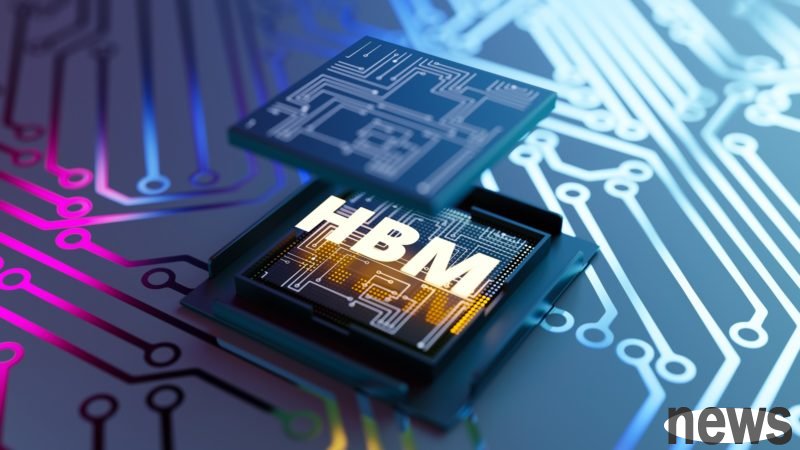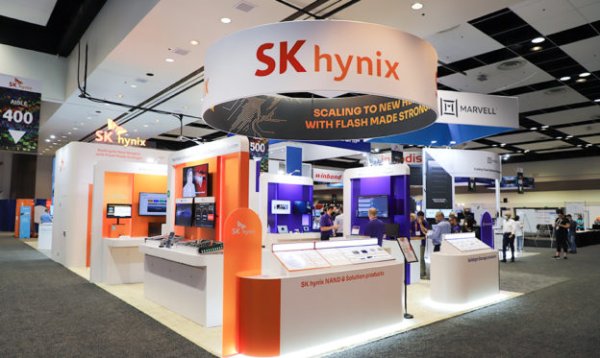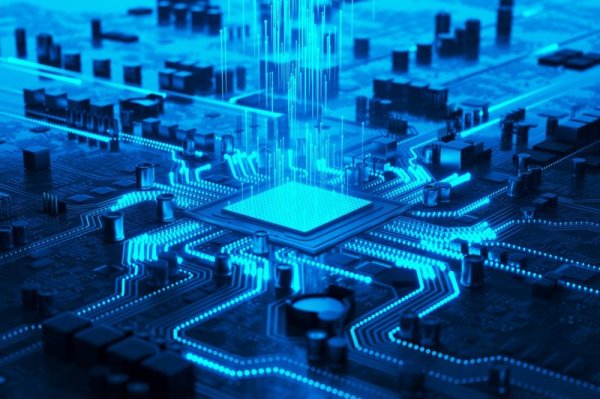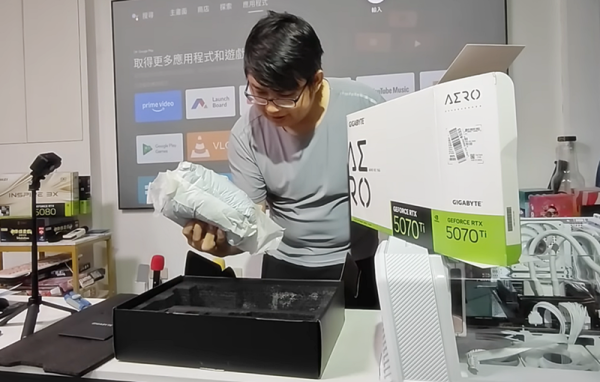Beijing Meili Leisure HBM, understand what high-frequency wide memory is like in one article

China hopes that the United States will release the export control of "High-frequency-wide memory" (HBM) chips to be a dual-party trade agreement. The following is a compilation of the US Network Television News Network (CNN) to learn what HBM is.
What is HBMHigh frequency wide memory (HBM) is basically a small component that is constructed from multi-layer stacked memory wafers for storing data. Compared with old dynamic random access memory (DRAM) technology, HBM not only stores more information, but also transmits data at a faster speed.
HBM chips are commonly used for display cards, high-performance computing systems, data centers and automatic driving cars, and more importantly, HBM is indispensable for the increasingly popular artificial intelligence (AI) applications, including the operation of generative artificial intelligence.
How restrictive measures affect ChinaThe latest export restrictions on the US side were announced on December 2 last year. At that time, the Biden administration was in charge of two advanced chip restrictions announced in the past three years, with the aim of preventing China from obtaining key technologies that can improve military technology.
For the purpose of reporting, Beijing has imposed new restrictions on the export of materials such as tins and poles necessary for the manufacture of semiconductors and other high-tech equipment.
Experts said that the new round of export restrictions will reduce the development of China's artificial intelligence chips, and at best, it can only slowly ease China's progress in gaining HBM. China currently lags behind South Korea's SK Hynix, Samsung and the United States' Micron in HBM's production capabilities, but China is also actively developing its own HBM capabilities.
Why is HBM so importantHBM chips are so powerful mainly because they are relatively traditional memory chips, which have a larger storage space and faster data transfer speed.
Since AI applications require a lot of complex computing, these features of HBM ensure that the application runs smoothly without delay or problems.
Think of data transmission faster (in chip art, that is, higher frequency width) as a highway. The more lanes there are on the expressway, the less likely it is to become congested, so the more cars you can accommodate.
G Dan Hutcheson, vice president of TechInsights, a research organization proficient in chips, said: "It's like the difference between two highways and hundreds of highways, and it won't be a car at all."
What are the major HBM manufacturers?Currently, the global HBM market is led by three companies.
According to the research report of TrendForce, a market research agency in Taipei, as of 2022, Hynix accounted for 50% of HBM's total market share, followed by Samsung accounted for 40% and Micron accounted for 10%. The two Korean companies, Hynix and Samsung, are still about the same market share in the HBM market in 2023 and 2024, with a combined total of about 95%.
As for Micron Technology, their goal is to increase its HBM market share to 20% to 25% by 2025.
How to make HBMImagine stacking multiple standard memory chips like Hanburg, and the structure of the HBM is basically like this. This sounds easy, but it is not easy to actually do, and it is largely at the price. The single price of HBM is several times that of traditional memory chips.
This is because the thickness of HBM is about 6 hairs, which means that each layer of standard memory chip stacked together must also be very thin, which requires professional manufacturing technology of top tips, which is called advanced packaging.
In addition, before stacking these memory wafers together, holes must be diamonded on the wafer so that the electronic conductors can pass through, and the location and size of these holes must be extremely accurate.




